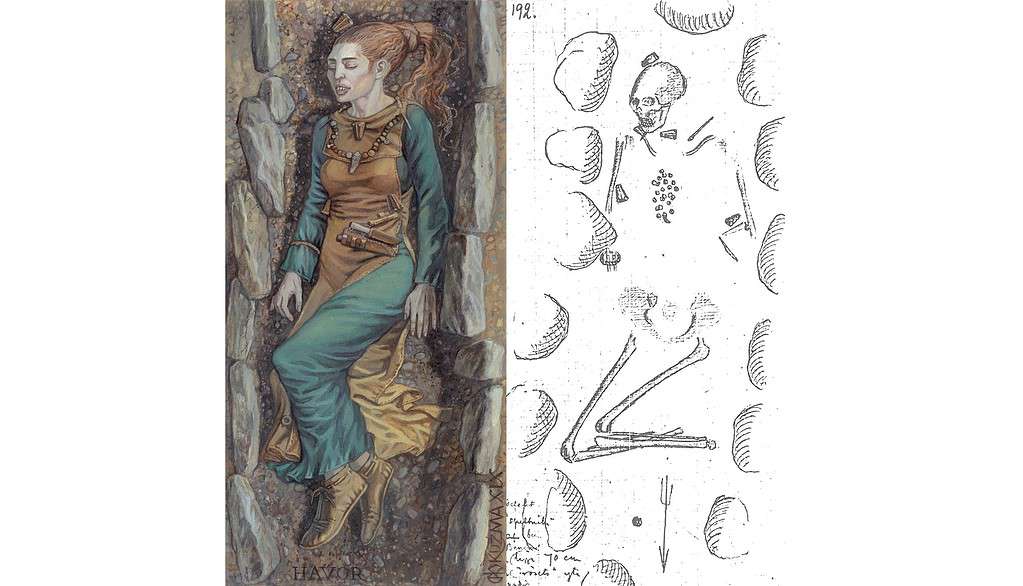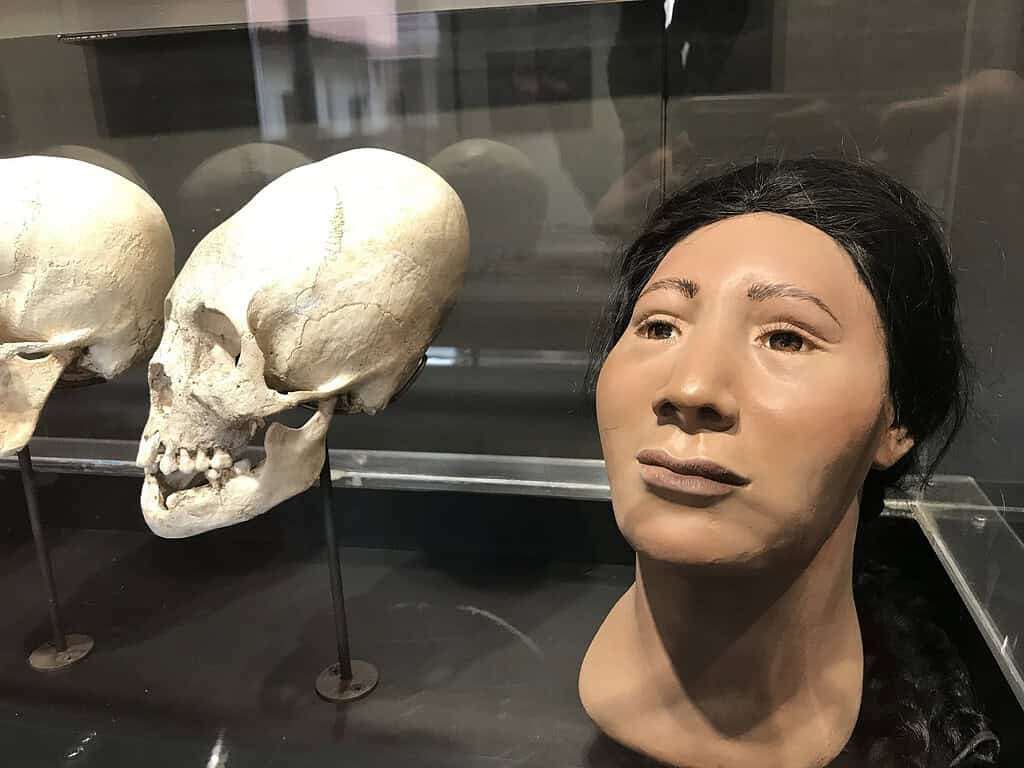
Archaeologists have long been fascinated by how ancient civilizations altered their bodies for beauty, status, or cultural identity. Recently, a striking form of body modification among the Vikings has come to light. While the Vikings are known for filing and painting their teeth, researchers have now discovered something even more dramatic: the intentional reshaping of skulls into an elongated, oblong form. This finding was made by a team examining Viking skulls from Gotland in the Baltic Sea.
The team, led by Matthias Toplak from the Viking Museum Haithabu and Lukas Kerk of the University of Munster, identified three skulls dating back around 1,000 years and belonging to adult women. The skulls look almost alien. However, as weird as they may look, similar skull modifications were routine in other cultures. Still, this is the first time we’ve seen something like this from Vikings.
The discovery not only adds a new layer to our understanding of Viking society but also suggests an exchange of cultural practices through trade.
Uncovering Ancient Modifications
The researchers suggest that these women might have undergone this transformation as infants, possibly in regions around the Black Sea, where cranial modification was common. DNA analysis confirmed that the women originated from that region.
The precise reasons and methods behind their skull deformations remain unclear, but the implications are profound. Matthias Toplak believes that these altered skull shapes were likely seen as symbols of status and attractiveness within Viking society by virtue of their sheer exoticism.
This practice was likely performed by wrapping cloth tightly around infants’ heads or using wooden boards to mold the skull’s shape while the bones were still malleable. The process is not all that different from what some doctors use today to correct the skull shapes of babies with deformities. Albeit, the current process is a bit more modern. Typically, babies are fitted with a plastic helmet that very slowly and painlessly reshapes flat spots over time as their brains grow.
“Cranial modification has long piqued the interest of anthropologists and craniofacial surgeons,” Goldstein told Atlas Obscura. “Modifications have been recorded in various cultures throughout history, including the Mesoamerican, Native American, Eurasian, and now, Viking people.”
Cultural Significance and Mysteries


While modern techniques aim to rectify skull deformities in infants, historical practices aimed to achieve a specific aesthetic or cultural ideal. In many cases, elongated skulls were a marker of social status, signifying nobility or the elite of society. In others, they enhanced beauty, or they had religious or cultural significance linked to local mythology or identity.
Archaeological finds have provided substantial information about this practice. For instance, in Peru, the Paracas skulls are some of the most extreme examples of cranial deformation. Some skulls were elongated to an almost alien appearance. Similarly, in Europe, the Huns and the Alans are known to have practiced skull elongation, which has been unearthed in numerous archaeological digs. In Egypt, the discovery of a mummy, supposedly of Akhenaten, revealed that the custom would also have existed among the Egyptian pharaohs.
It’s not clear whether the practice affected the Viking women’s cognitive abilities in any way, nor is it clear why it was done in the first place. Seeing how skull elongation is exceedingly rare among Vikings, the researchers believe it is the result of trade and a form of cultural import. At any rate, the discovery challenges previous notions of Viking aesthetic practices and highlights the complex interplay of culture, identity, and physical appearance across human history.
“It is still not entirely clear whether the deformed skulls were intended to symbolize a certain ideal of beauty or whether they were intended to express membership of an elite or a particular social group,” Toplak told Atlas Obscura. “It is possible that all these aspects came together and the deformed skulls were an expression of a social elite and thus signaled status and, inevitably, attractiveness.”
The findings were reported in the journal Current Swedish Archaeology.
Thanks for your feedback!

